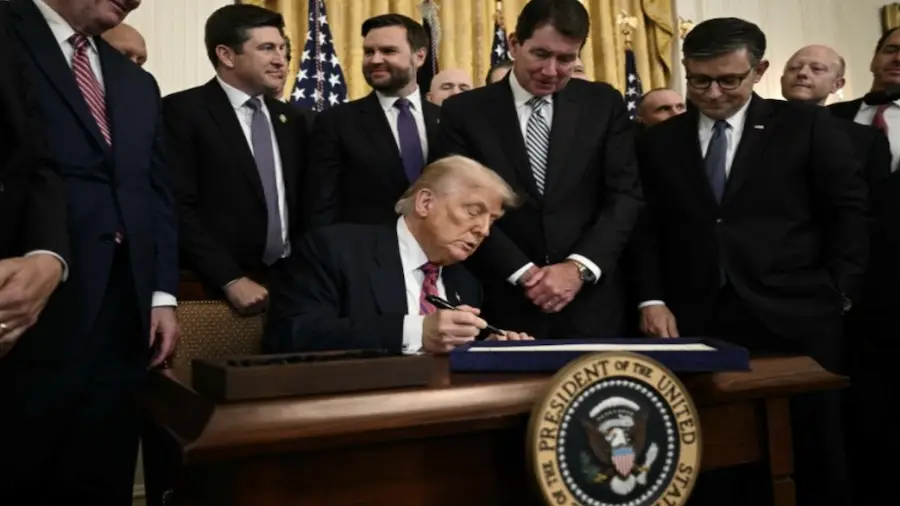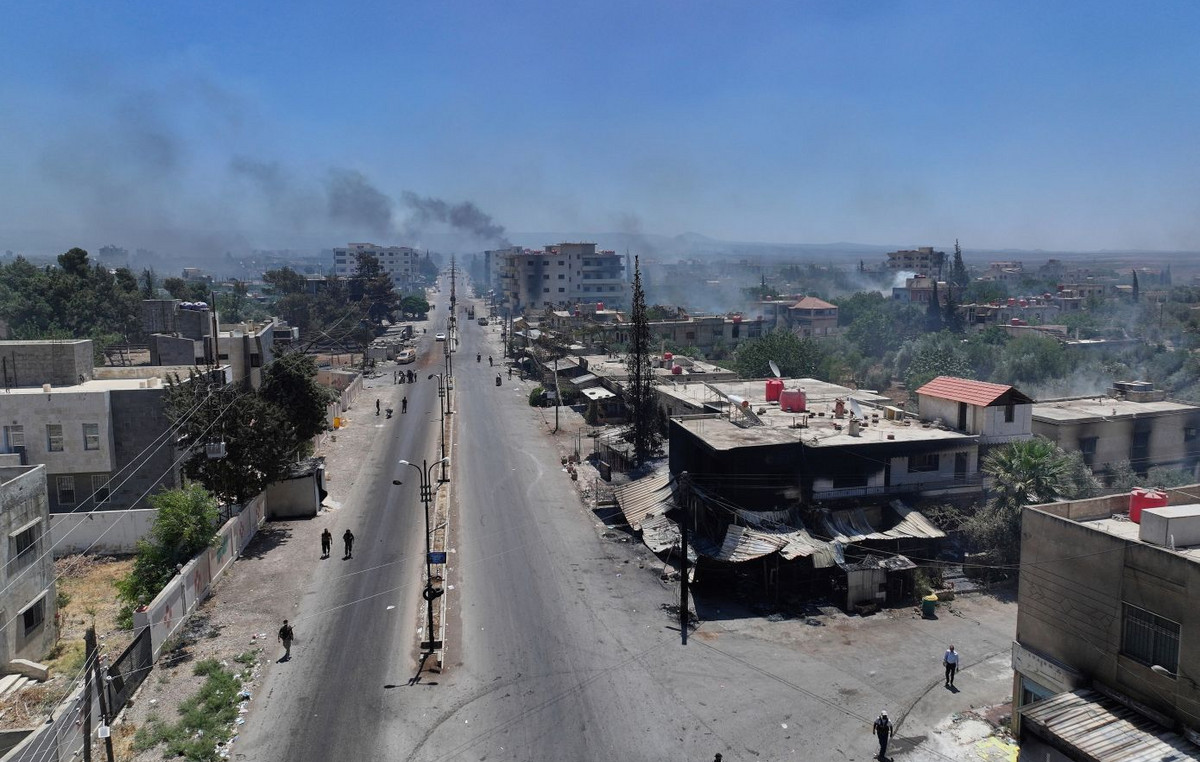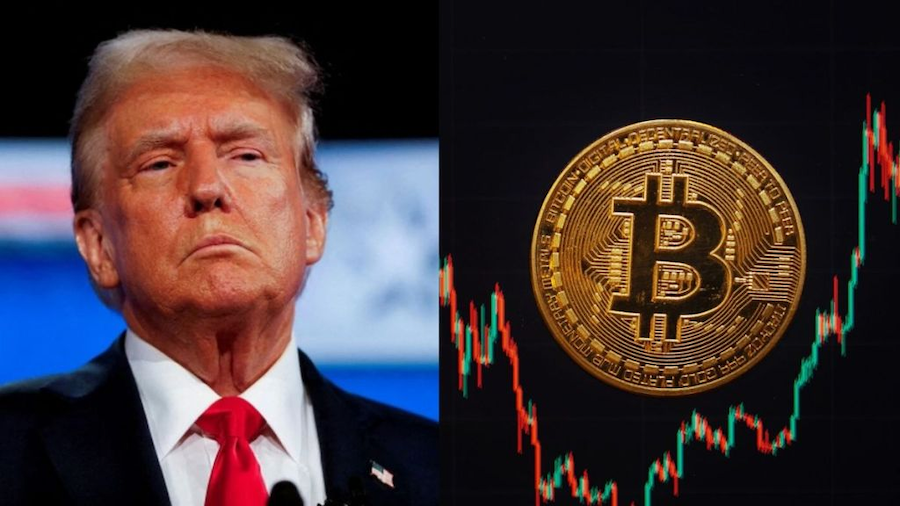The Philippines has become China’s latest neighbor to oppose its new national map, joining Malaysia and India in releasing heavily worded statements accusing Beijing of claiming its territory.
China published a new version of its national map on Monday, as it has done regularly since at least 2006, to correct what Beijing has referred to in the past as “problem maps” that it claims misrepresent its territorial borders.
The Philippines said on Thursday that it had “rejected” the map due to its inclusion of a dashed line around contested areas of the South China Sea that was subject to an international court ruling in 2016 that ruled in favor of Manila.
The map is the “latest attempt to legitimize China’s alleged sovereignty and jurisdiction over the Philippines’ maritime features and zones. [e] has no basis in international law,” the Philippine Department of Foreign Affairs said in a statement.
India was the first to complain on Tuesday (29), when it filed a “strong protest” over the inclusion of the Indian state of Arunachal Pradesh and the disputed Aksai-Chin plateau in Chinese territory.
“Today we lodge a strong protest through diplomatic channels with the Chinese side over the so-called ‘default map’ of China 2023 which claims the territory of India,” Indian Foreign Secretary Arindam Bagchi said in a statement. “We reject these allegations as baseless.”
Malaysia’s Ministry of Foreign Affairs also rejected China’s “unilateral claims”, adding that the Southeast Asian nation “is consistent in its position to reject the claims of sovereignty, sovereign rights and jurisdiction of any foreign party over the maritime characteristics of the Malaysia”.
During a press conference on Wednesday, Chinese Foreign Ministry spokesman Wang Wenbin dismissed the complaints, saying the revisions were a “routine exercise of sovereignty in accordance with the law”.
“We hope that relevant parties can remain objective and calm and avoid overinterpreting the issue,” he added.
Tensions with India

Since his rise to power in 2012, leader Xi Jinping has sought to turn China into a global superpower, pushing an aggressive foreign policy and taking bolder steps at various hot spots across Asia.
The dispute over the map comes days after Indian Prime Minister Narendra Modi and Xi held a rare face-to-face meeting in South Africa where they agreed to “step up efforts” to ease tensions on their disputed border, a move seen as a step toward mending strained relationship.
The meeting also came after India and China engaged in their 19th round of talks to resolve their border issue, and ahead of a potential meeting between Modi and Xi at the G20 summit meeting in New Delhi next week. – if Xi attends.
While it appears, publicly at least, that progress is being made in their border disputes, analysts say that may not always be the case.
“India and China take every opportunity to discuss their differences, but it feels like one step forward, two steps back,” said Akhil Ramesh, senior fellow at the Pacific Forum, a Honolulu-based foreign policy think tank. focused on the Indo-Pacific.
“In this climate, while both sides may publicly express their interest in easing tensions, I don’t see that happening. Both countries are working towards their own goals of being leaders in the global South.”
Borders have been a source of friction between New Delhi and Beijing for decades, and unrest in the region has escalated into war before, ending with the Chinese victory in 1962. In the years since, an ill-defined border called the Line of Royal Control divided the most populous nations in the world.
Tensions between the two countries worsened significantly in 2020 after a deadly fight in the Galwan Valley near Aksai Chin, an area controlled by China but claimed by both countries.
Tensions have been rising since then and escalated last December when a clash between troops from both sides in the Tawang sector of Arunachal Pradesh resulted in minor injuries.
Pressure on Modi
As tensions between Beijing and New Delhi escalate, politicians in India’s main opposition party, the Congress, have criticized Modi for downplaying the border issue.
“China is a habitual criminal when it comes to renaming and redrawing maps of territories belonging to other countries,” said the head of Congress, Mallikarjun Kharge. “[O] Modi government must ensure that the illegal Chinese occupation of 2,000 square kilometers of Indian territory along the Line of Royal Control ends.”
Speaking to reporters on Wednesday, lawmaker Rahul Gandhi said: “I have been saying for years that the prime minister was lying when he said that not an inch of land was lost in Ladakh.”
“Everyone in Ladakh knows that China has taken over our land. This map issue is very serious. The prime minister should talk about it,” he added.
Modi has largely avoided speaking publicly on the border issue, going so far as to say on live television in the immediate aftermath of the deadly 2020 clashes that “nobody meddled and nobody is meddling”.
However, India has taken several steps to react to perceived threats from China, including banning social media platform TikTok and other well-known Chinese apps, saying they pose a “threat to sovereignty and integrity”, while simultaneously which moves to block Chinese telecom giants Huawei and ZTE from providing its 5G network.
Amid rising nationalism in both countries, concerns in New Delhi over Beijing’s growing assertiveness have also bolstered India’s relationship with the United States, including through the Quadrilateral Security Dialogue, or Quad – a grouping of Japan, the US, India and Australia widely seen as a counterweight to China.
Beijing earlier this year boycotted an India-hosted G20 tourism meeting in the Himalayan territory of Jammu and Kashmir, citing its opposition “to holding any kind of G20 meeting in disputed territory”.
India and Pakistan claim the disputed region of Kashmir in its entirety.
See also – Floods leave hundreds homeless in China
Source: CNN Brasil
Bruce Belcher is a seasoned author with over 5 years of experience in world news. He writes for online news websites and provides in-depth analysis on the world stock market. Bruce is known for his insightful perspectives and commitment to keeping the public informed.







